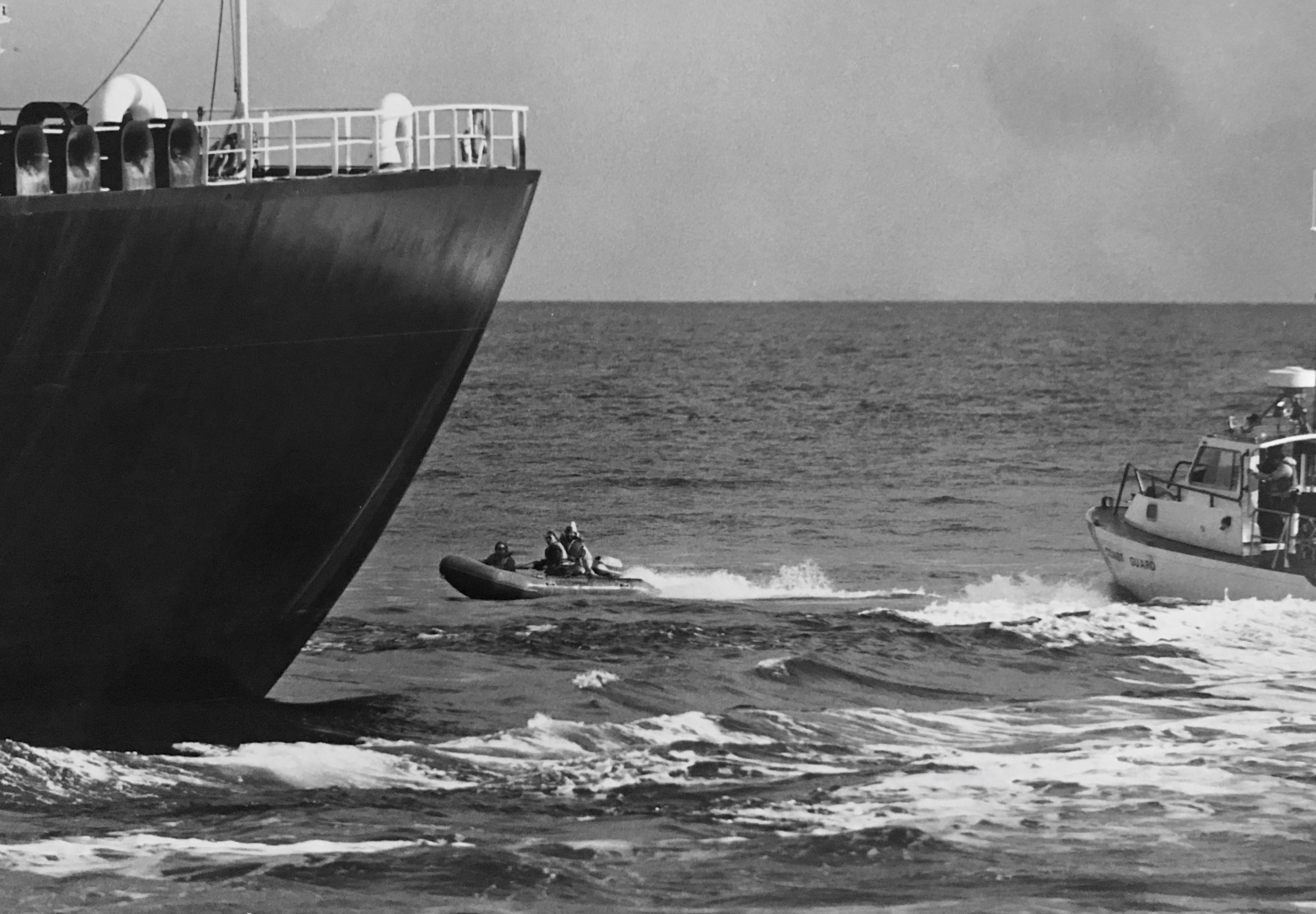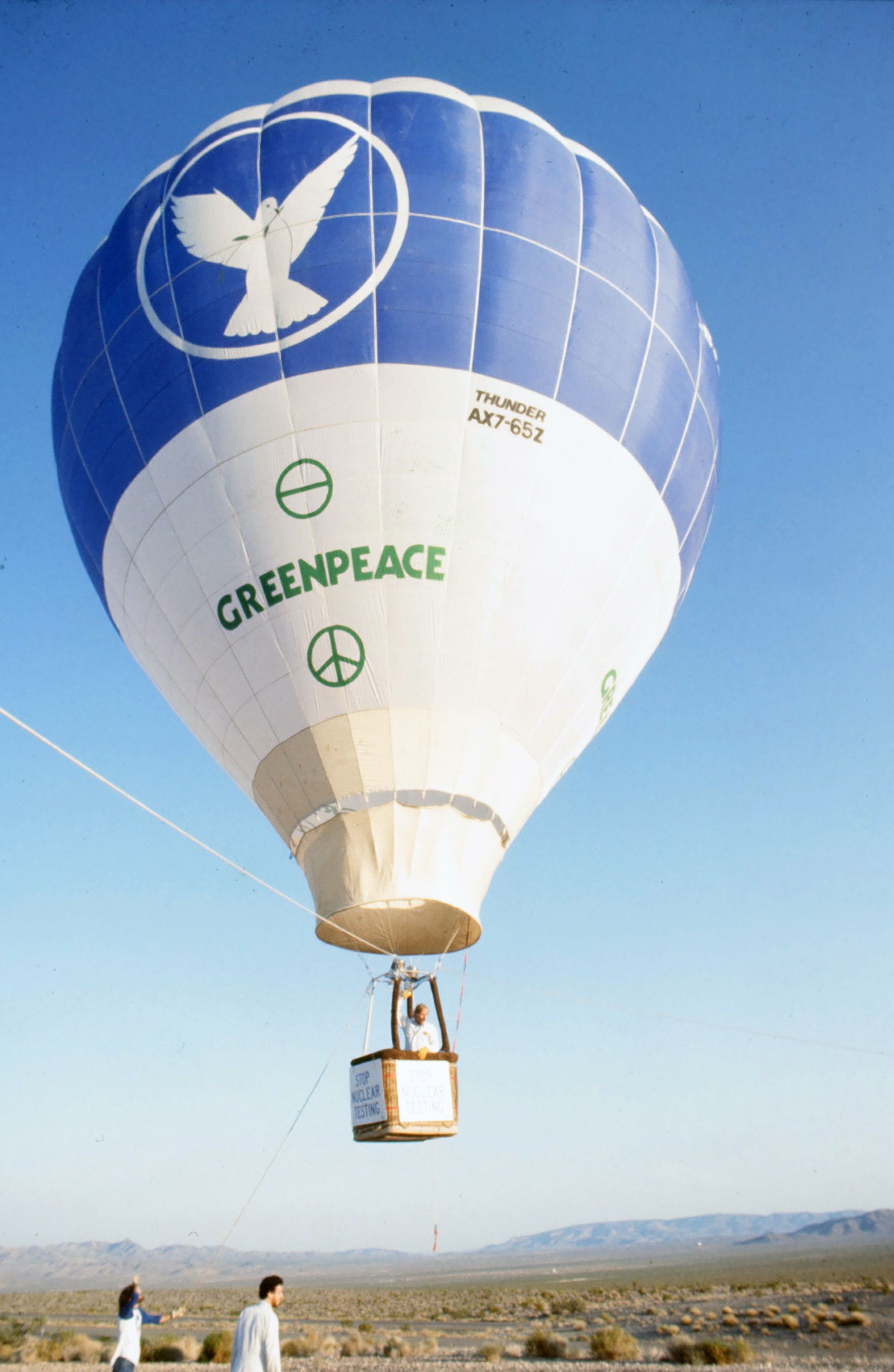In Memory of Kay 5-22-22
In my eyes so short-sighted
you were always a granola kid
and from granola we all came
all of us, and one day to granola
we’ll all return to that dust bowl
once filled with daring youth
now with hope that soon we’ll meet
in a heaven filled with toasted oats and nuts
and raisins and reasons to be content
with this place we called our home.
Oh, we wrecked some bad plans together, Kay,
you and the rest of our Greenpeace Pea Pod
stopped those big oil tankers from filling their bellies with crude
and spilling their guts on our once happy Orca trails
and ruining our mighty salmon runs
beyond repair on a Sound turned silent.
Then there’s that day when we took on the Japanese embassy
driving like errant children to a mad hatter’s party
in my decorative ’64 Plymouth Valiant station wagon
when the front hood buckled against my windshield during rush hour
and what a rush that was
as I pulled onto the shoulder to retie the hood
with spare wire and rope and more hope than any of us
could spare.
Or remember that day we brought arms full of balloons
filled with helium to fill the Canadian embassy with our selves.
I still wonder what the Canucks did with all of that
yellow and blue and green flotsam that bobbed around their office ceilings and walls.
I remember the day we both joined the Cause
your first task was to design a button board
mine to sell the buttons at a dollar in the bars.
From button board designs to board of directors
you grew so fast and tall it surprised us all!
Yet to me, you’ll always be that granola kid
who played guitar and sang whale songs
so many years ago in the far away land of youth.
Yet, Kay, all memories aside,
this is your memorial
and our time to reflect.
But who are we to question why
we live awhile and then we die?
Our spirits go off somewhere perhaps
for a well-earned break or nap before returning.
I wonder when and what form you’ll take
a windblown sailor in some storm’s wake
battling against another rusty Goliath
weaving circles around the old coast guard,
or in your garden planting dahlias
where knobby bulbs set deep in soil
turn into wondrous powers of flowers
that last forever days in granola hours.









